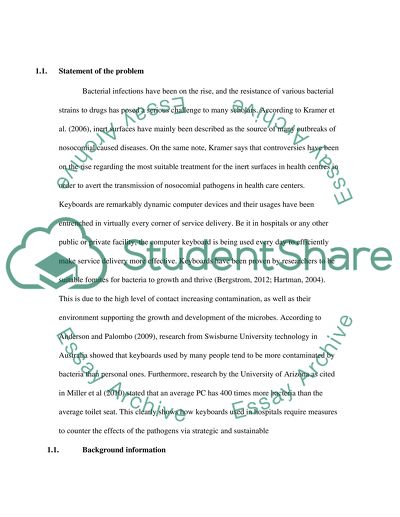Cite this document
(“Bacterial transmission Thesis Example | Topics and Well Written Essays - 2750 words”, n.d.)
Retrieved from https://studentshare.org/biology/1396965-pathogen-genes-in-bacteria-hidden-by-computer
Retrieved from https://studentshare.org/biology/1396965-pathogen-genes-in-bacteria-hidden-by-computer
(Bacterial Transmission Thesis Example | Topics and Well Written Essays - 2750 Words)
https://studentshare.org/biology/1396965-pathogen-genes-in-bacteria-hidden-by-computer.
https://studentshare.org/biology/1396965-pathogen-genes-in-bacteria-hidden-by-computer.
“Bacterial Transmission Thesis Example | Topics and Well Written Essays - 2750 Words”, n.d. https://studentshare.org/biology/1396965-pathogen-genes-in-bacteria-hidden-by-computer.


